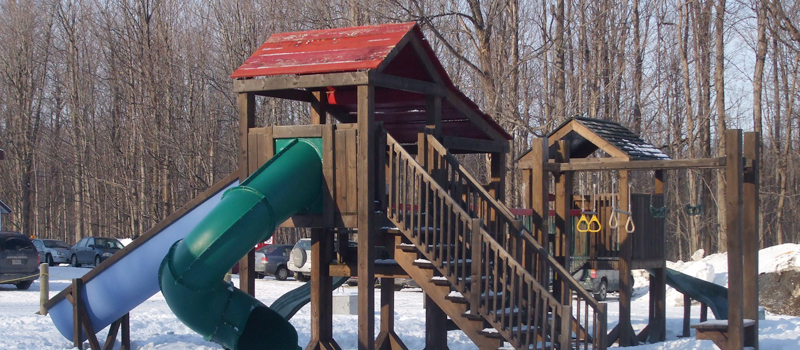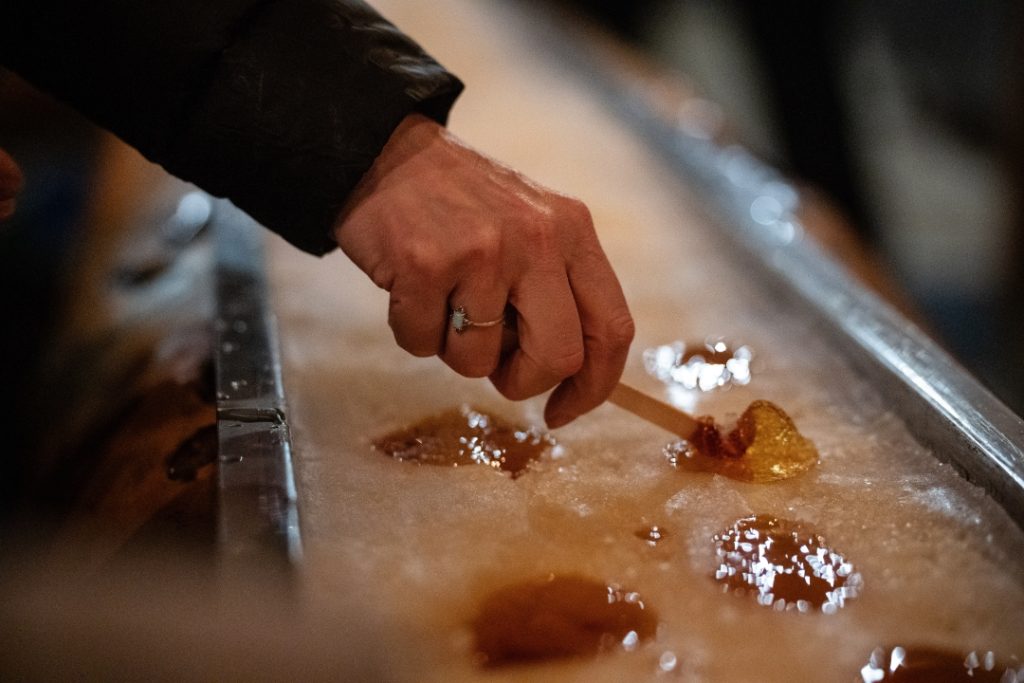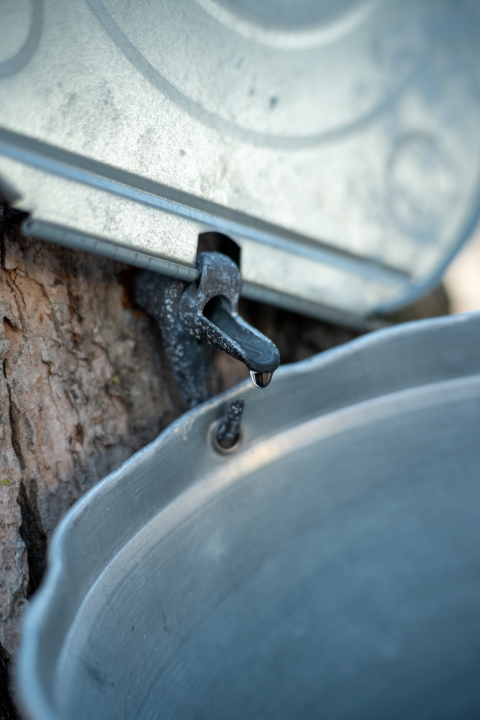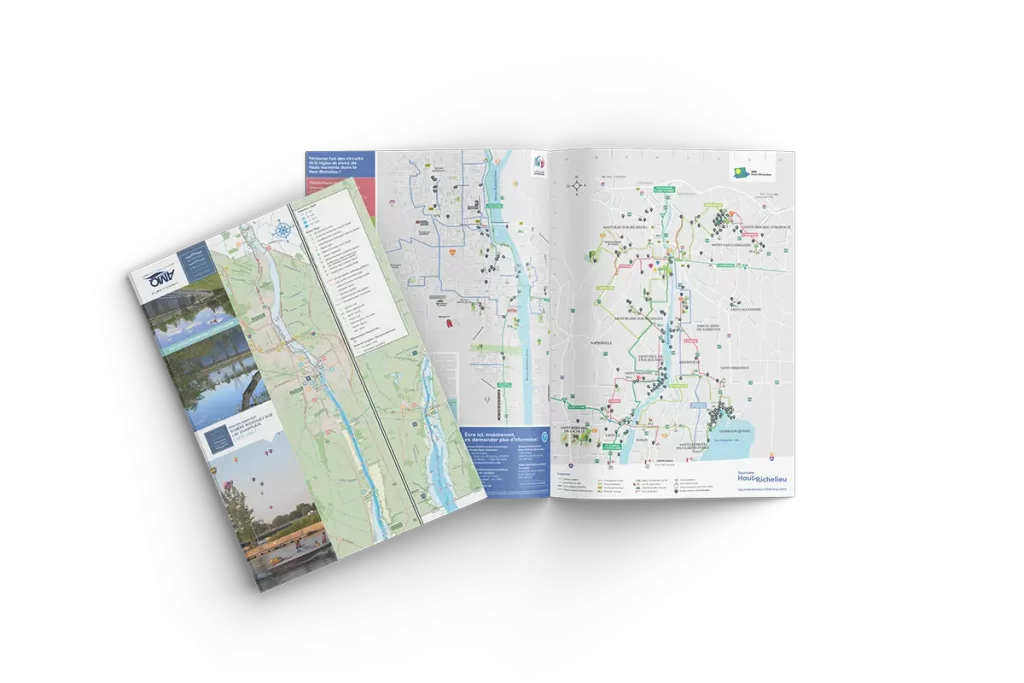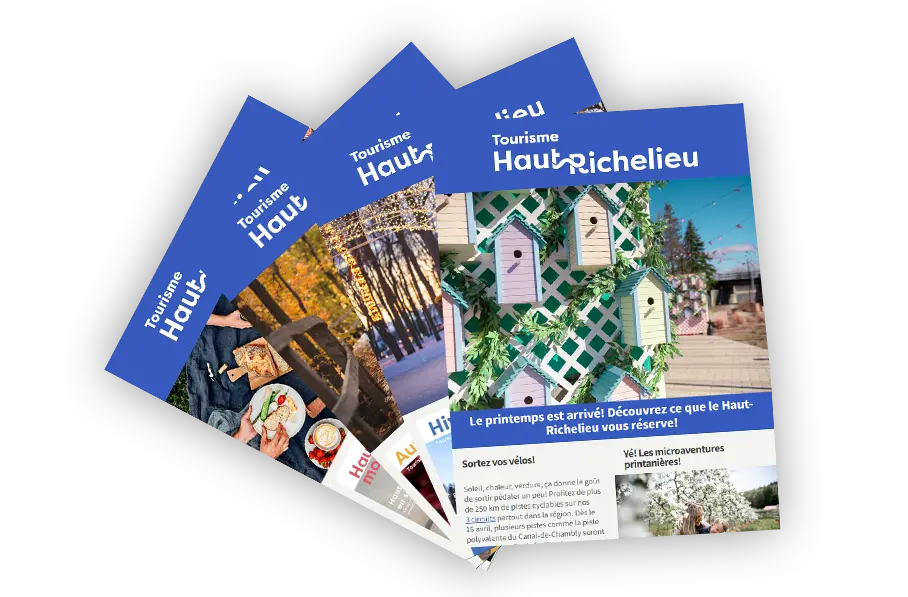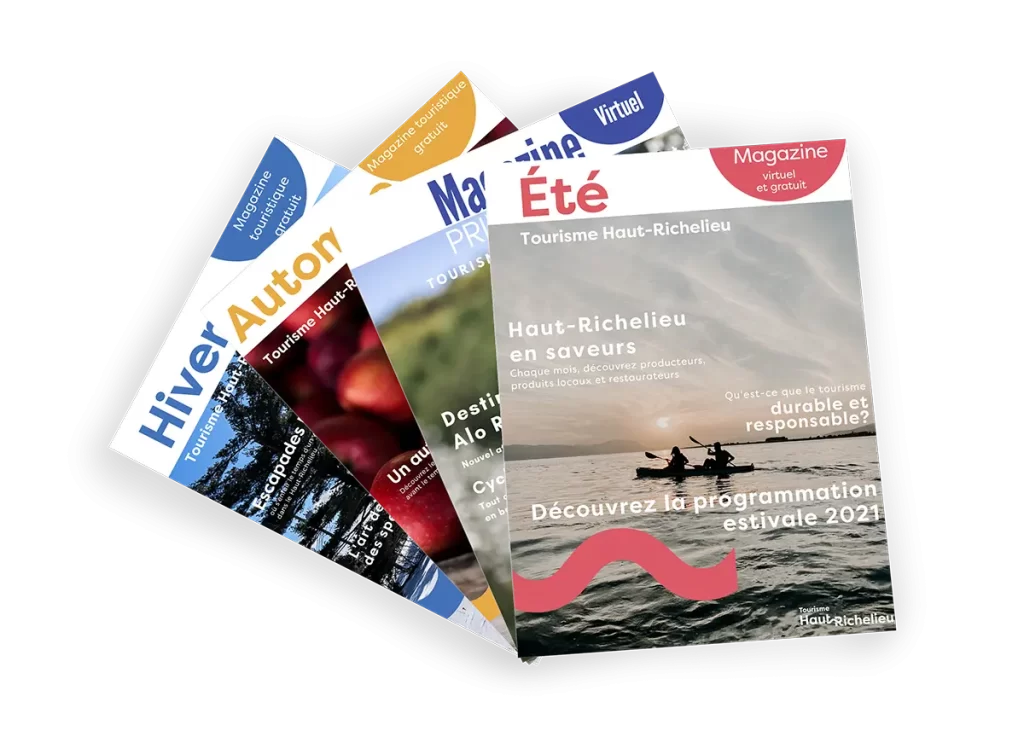
Spring seems to be well underway and the snow is almost all melted on Mont-Saint-Grégoire as I drive to theÉrablière Au Sous-Bois, a 45-minute drive from Montreal. It's only March 2. Winter has been mild, with very little snow. As for spring, it arrived a few weeks early, so much so that some growers were afraid that the sugaring would end before mid-March. So far, so good. Despite a light rain, many visitors are strolling outside, taffy sticks in hand, quietly touring the grounds or lingering around a log fire. Inside, things are buzzing. The store is packed and group after group turns up for a table.
It's a common scene in Quebec. Every winter, as the snow begins to melt, a call rings out from deep in the Quebec forest. The tradition of the sugar shack meal is firmly rooted in the customs of the locals! The Haut-Richelieu region has its share of sugar shacks open to the public, and their popularity continues to grow year after year. Whether traditional or modern, the sugar shack relies on a single main ingredient: Maple water, which starts in the ground and ends up on your plate.
L'Érablière Au Sous-Bois: Tradition comes first
For Pascale Gladu of Érablière Au Sous-Bois, maple is above all a story of family and tradition. Her parents bought the sugar bush in 1972, assisted by her grandparents. After a fire destroyed the original shack in 2010, Pascale and her partner Yanick rolled up their sleeves and rebuilt their business on neighboring land. Today, in addition to the dining room, there's a reception hall for dancing in the evening, a "sugar house" adjacent to the main building, a mini farmhouse with animals, games to entertain children, paths to stroll along while admiring the sugar extraction network, and a glassed-in pumping station for the curious.

The charming dining room at l'Érablière Au Sous-Bois, a small sugar shack steeped in tradition, can accommodate 380 guests - a figure precisely chosen by its owners, reflecting a deliberate choice for conviviality and intimacy over their previous, larger-capacity shack. Visitors are treated to an all-you-can-eat authentic menu, which has retained its essence for over 50 years. Here's the menu: pea soup, coleslaw, pickles and beets, bread/butter, creton, omelette, smoked ham, ham on the bone with maple sauce (the new thing), baked beans, roast potatoes, the famous criss ears, brown grill, sausages in syrup, all copiously drizzled with maple syrup. For dessert: Grand-père dans le sirop, tarte œufs et sirop, beignets du Sous Bois and, of course, the inevitable tire sur la neige!
Pascale still uses her mother's and grandmother's recipes. Every night, ham and beef are gently cooked in the oven. They are served fresh daily, to eat in or take away, hot off the grill. And while the first two weeks are usually quiet, you'll need to book at least three weeks in advance to guarantee a place.
It's only since the end of the COVID-19 pandemic that Pascale and Yanick have both been working full-time at the cabin, which now operates 12 months a year. This expansion is made possible by other services such as room hire (2 function rooms bookable well in advance for groups of 70 to 600 people, plus a catering service) and the Potager du Sous-Bois, equipped with 4 organic tomato greenhouses planted nearby. But when it comes to sugar shack meals, Pascale is adamant: "It's only during sugaring-off time". She's a stickler for tradition. In fact, it's their trademark. There are no vegan or fusion options on their menu. (They can, however, accommodate certain intolerances on request). Note that atÉrablière Au Sous-Bois, take-out menus are available hot for pick-up!
Making sugars in a changing world...
In their adventure, Pascale and Yanick are now accompanied by many members of their family, including their 3 daughters, Kieve in reservations, and Ode and Téa, who can be seen running from one end of the dining room to the other, serving hams, omelettes, oreilles de crisse and many other gargantuan dishes. Watching them busy makes me think about the future of Quebec's maple syrup industry. Climate change is upsetting, if not traditions, at least the calendar. Whereas sugaring used to take place mainly from mid-March to mid-April, these years it starts in February. Pascale and Yannick take it one day at a time. The most important adjustment is to be ready earlier. If you want to support your favorite hut, one solution is to book well in advance. This year, some huts were open as early as February 17.
To end the interview, I ask Pascale what her favorite time of year is. The beginning of the sugaring-off season? The calm after the storm? Preparing for spring? No. For her, the best time is right at the heart of the action, at the height of the season, when the dining room is full. There's no way she'd leave for Florida when the sugaring-off season is in full swing. "It goes by so fast," she tells me. And when the last weekend of April arrives, despite her fatigue, nostalgia sets in. But it's quickly replaced by the satisfaction of another successful season.
Érablière Au Sous-Bois
150 Chemin du Sous-Bois, Mont-Saint-Grégoire, QC J0J 1K0
Open Thursday to Sunday
Reservations: 450 460-4069 or online at Libro
Groups welcome
Price per person: $12 (children) to $40
Hot food to go available
By Mariève Isabel, Sommelier and maple syrup producer's daughter, PhD candidate in literature and the environment
Visit l'Érabilière Au Sous-BoisFrom tree to table, how does it work?
Where does maple water come from? In northern countries, sap stops flowing through trees in late autumn. Sugar and mineral reserves accumulate in the roots over the winter. As spring sets in, so-called "raw" sap begins to circulate in the trees. It's this water that we harvest in our maple groves. When there is no more frost, the raw sap is replaced by the more bitter "elaborated" sap, marking the end of the sugaring season.
For maple water to flow, several conditions must be met, the most important of which is the temperature difference between day and night. The thermometer must dip below zero degrees Celsius at night and rise above zero during the day for circulation to take place. This is when we say "it flows". From there, a host of other factors influence the amount of sap flowing from the tree: snow depth at the base of the trees, sunshine, atmospheric pressure and even... the wind! My father, a maple syrup producer for over 50 years, always told me that you can't predict the season - every year is a surprise.
Once the sap has been harvested, it is boiled to reduce it. Since it takes 40L of maple water to make 1L of syrup, most maple syrup producers today use a separator which, through reverse osmosis, concentrates the maple water by extracting some of its water. All that's left to do is set off the boiling machine and enjoy a little maple-reduced gin while you wait for the syrup to be ready, a privilege kept secret by the producers.
The origins of the sugar shack
The First Nations are credited with introducing European settlers to maple sap as soon as they arrived on the continent. Sugar shacks date back to the 18th century. Families owning lots with maple groves began building humble temporary huts made of canvas, planks and sheet metal, to boil the sap and transform it into "local sugar", as it was then known. As early as the 1700s, a crankshaft (to pierce the tree) and a flashlight, then called a "gouderelle", were used to collect the water in a container. It wasn't until the 19th century that permanent cabins were built, and the tradition of gathering with family and friends to feast and celebrate the end of winter began.

